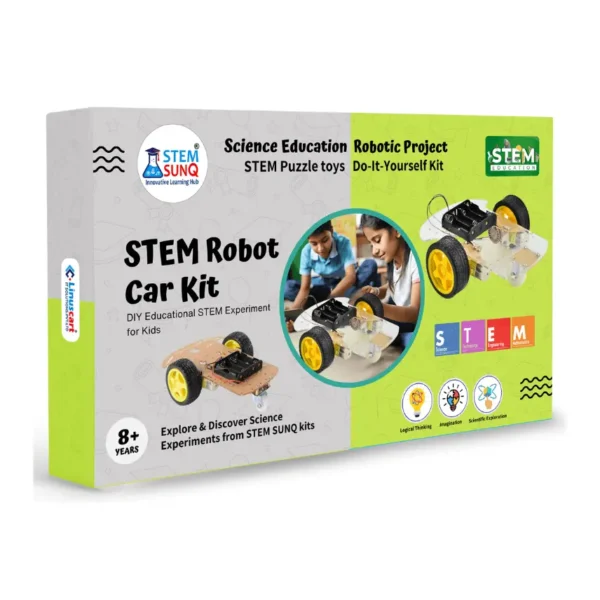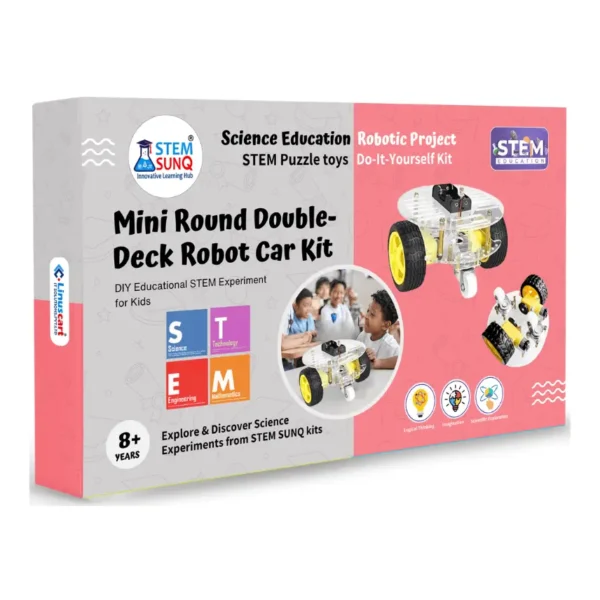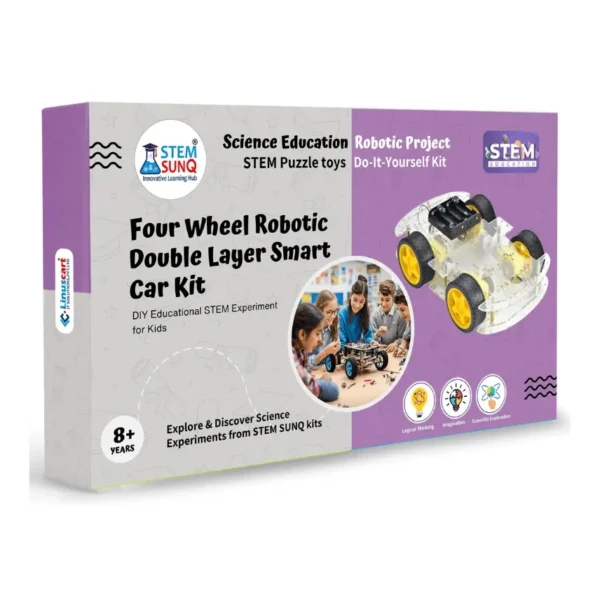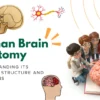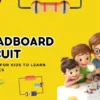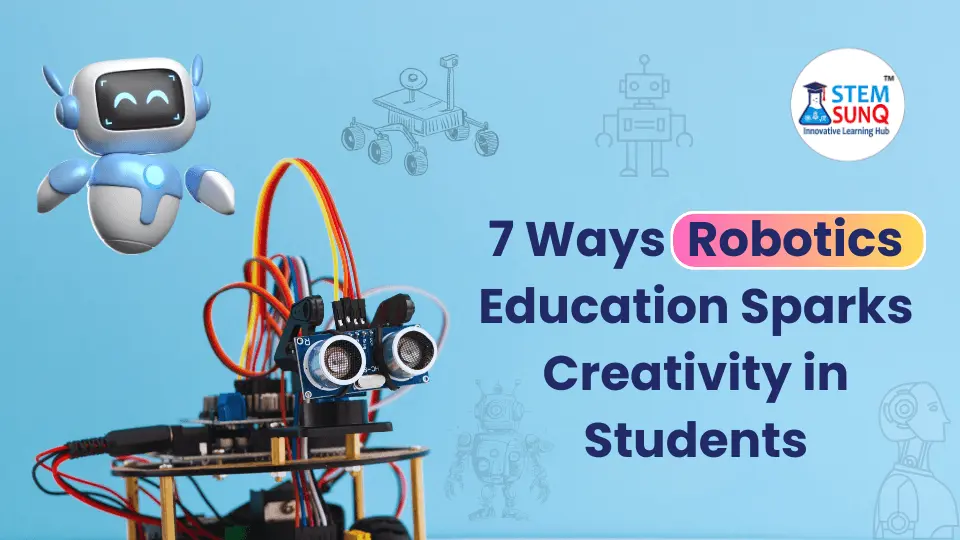
Table of Contents
In today’s fast-changing world, developing creativity and originality in students is important. Robotics education is growing as an effective technique for achieving this goal.
Educators can spark students’ love of creativity and problem-solving by putting them in hands-on robotics activities.
In this blog post, we will look at seven convincing ways that robotics education sparks creativity in students, providing them with success in the twenty-first century and beyond.
7 Ways Robotics Education Sparks Creativity in Students
1. Exploring New Ideas as a Team
Robotics education allows students to explore different areas of knowledge.
Through robotic experiments, students learn to think outside the box and find creative solutions to real-world problems.
Whether constructing a robot to navigate a maze of challenges, building a robot car, or programming one to complete a specific task, students are constantly challenged to think creatively and try new techniques.
2. Critical Thinking Skills Building
Critical thinking is at the heart of robotics education. Students are expected to analyze problems, examine solutions, and make informed conclusions.
When faced with challenges, students must use logical thinking to troubleshoot problems and design ideal solutions.
This method encourages the development of critical thinking abilities, giving students the ability to break down complicated problems and find possible solutions—a valuable asset in any field.
Wait: we have also robotic activity kits. In that, your kids have to construct a robotic car with their own hands by assembling a wooden body model, connecting a motor, fitting wheels, and including many other hands-on activities to make a complete working robot car model.
We have 3 different types of robot car models, you can check them below
Two Wheel STEM Robot Car Kit
Mini Round Double-Deck Robot Car Kit
4 WD Robotic Double Layer Smart Car Kit
3. Collaborative Teamwork Participation
Collaboration is an important aspect of robotics education. Students often work in teams to design, build, and program robots, resulting in communication and teamwork.
Students learn how to share ideas, solve differences, and build on each other’s skills through collaborative activities.
This collaborative environment improves the learning experience and prepares students for future collaborative tasks, where teamwork is important.
4. Imagining Endless Possibilities Ahead
Robots act as triggers for imagination, engaging youngsters in ways that few other learning resources can.
The thought of designing and interacting with robots grabs students’ interest and creativity, inspiring them to consider numerous options. Robotics education helps students use their imaginations and build a brighter future.
This imagination develops innovation and encourages students to look for odd answers to challenging problems, preparing them to face tomorrow’s challenges with creativity and efficiency.
5. Overcoming Tough Challenges
Robotics projects frequently require patience, toughness, and a willingness to face challenges head-on.
Students may face difficulties and challenges during their projects, but robotics education teaches them the resolve to keep going and push until they find a solution.
This resilience is an important life behavior that allows students to overcome challenges and achieve their goals, both in robotics and beyond.
Furthermore, robotics education develops dedication and determination in students, giving them the confidence to face problems with bravery and setting goals.
6. Innovating Creative Solutions Together
Robotics education provides an innovative environment in which students are excited to explore, take chances, and push the boundaries.
Robotics education helps students to become innovators by providing them with the skills and platforms they need to put their ideas into action.
It builds an innovative culture by allowing students to create innovative solutions to real-world problems.
It will also help to create an entrepreneurial mindset, allowing them to see opportunities and develop solutions that drive positive change in their communities as well as nationwide.
7. Preparing Students for Tomorrow
In a time of rapid technological developments, robotics education provides students with the skills and knowledge needed to succeed in a dynamic environment.
Students who have received robotics teaching are better prepared to navigate the ever-changing landscape of technology and innovation, whether they pursue jobs in STEM or other disciplines.
Robotics education teaches kids a desire for lifelong learning and curiosity, promoting a growth mentality that will help them to adapt and succeed in the future.
Conclusion
Robotics education is about encouraging children to think creatively, solve problems, and innovate.
As explained in this blog post, robotics education develops creativity by encouraging exploration, critical thinking, collaboration, imagination, dedication, innovation, and future readiness.
By learning robotics education, we can inspire the next generation of innovators and entrepreneurs.



